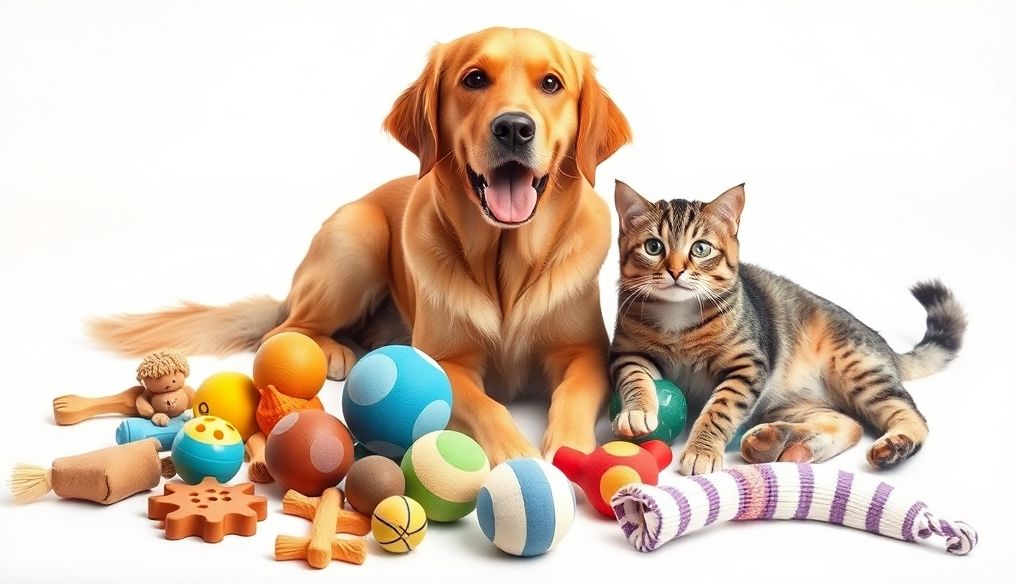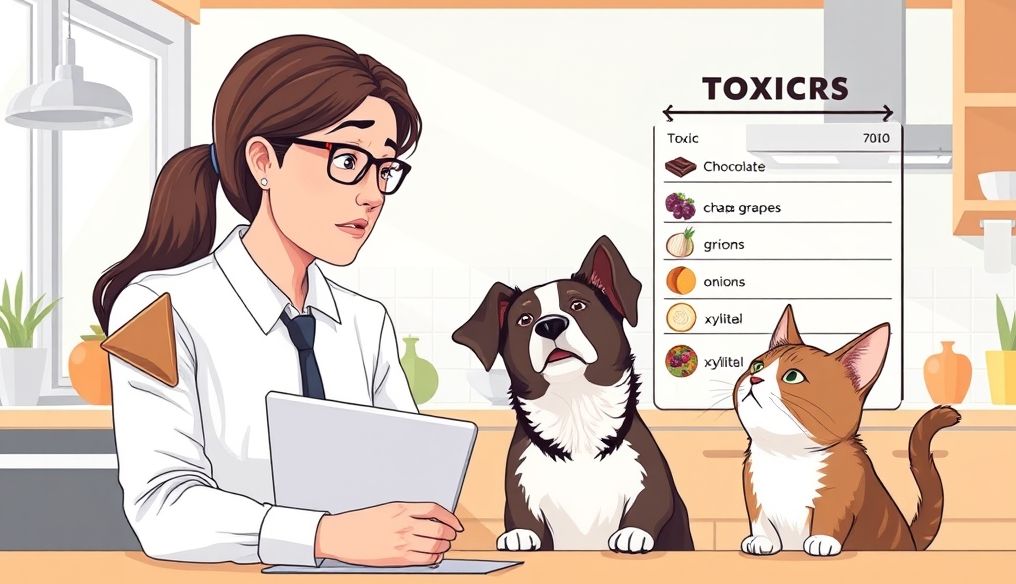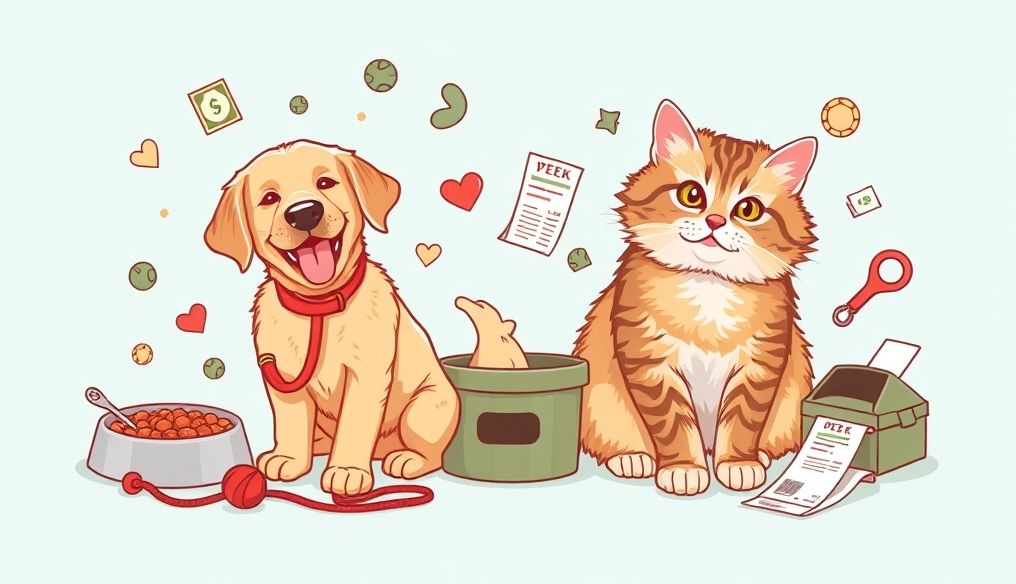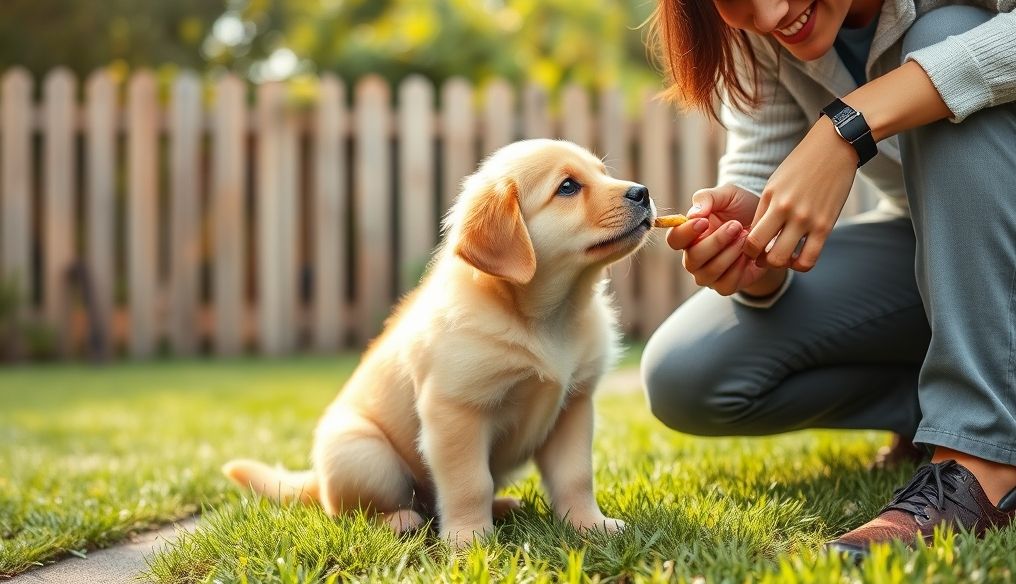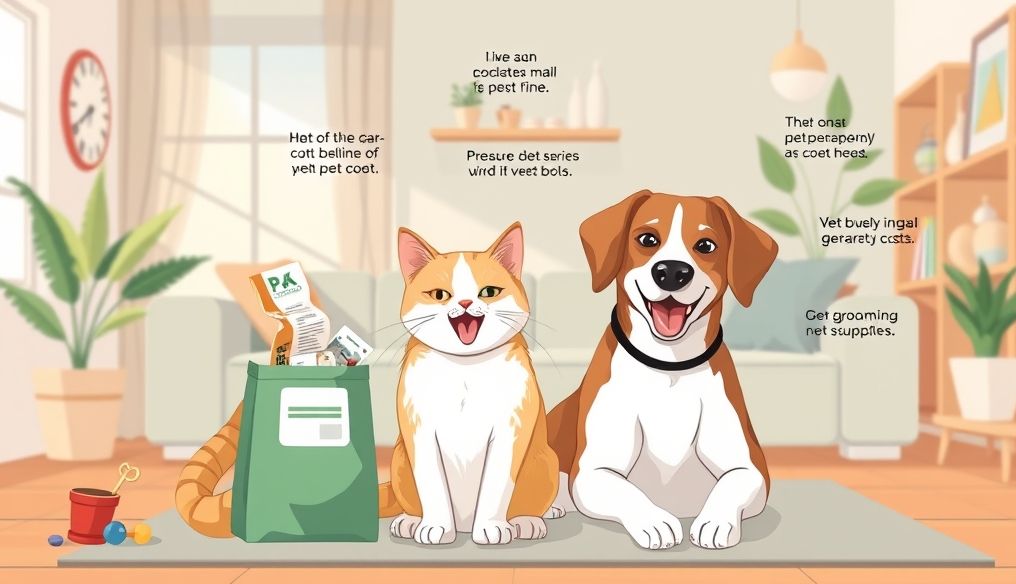What are the best toys to entertain your pet and keep them healthy and happy?
Toys are an essential part of your pet's life, providing not only entertainment but also contributing to their physical and mental well-being. Choosing the right toys can prevent boredom, reduce destructive behaviors, and strengthen the bond between you and your animal.
1. The Importance of Play for Your Pet
Play is not just fun; it is a basic need for pets. Here are some key benefits:
- Mental Stimulation: Toys stimulate the animal's mind, preventing inactivity and boredom.
- Physical Activity: Toys help maintain a healthy weight and strengthen muscles.
- Stress Relief: Play reduces anxiety and stress, especially in animals suffering from separation anxiety.
- Strengthening the Bond: Playing together strengthens the relationship between you and your pet.
- Preventing Destructive Behaviors: Animals that get enough stimulation and play are less likely to destroy furniture or bark excessively.
2. Types of Toys Suitable for Dogs
The needs of dogs vary depending on breed, age, and activity level. Here are some popular and suitable toys for dogs:
2.1. Fetch Toys
Fetch toys are among the simplest and most popular games. You can use balls, Frisbees, or even sticks (being careful to avoid splinters). These games are great for expending the dog's energy and providing good physical exercise.
Tip: Choose toys made of safe and non-toxic materials, and avoid small toys that can be swallowed.
2.2. Tug-of-War Toys
Tug-of-war is an excellent way to build the dog's strength and strengthen the bond between you. Use sturdy ropes or tug-of-war toys specifically designed for this purpose.
Warning: Be careful while playing, and avoid pulling too hard to avoid injuring the dog's mouth or teeth.
2.3. Puzzle Toys
Puzzle toys are a great way to stimulate the dog's mind. These toys require the dog to solve a simple problem to get a reward (usually food or treats). There are many types available, from simple toys that require tipping over a bowl to more complex toys that require moving parts or opening doors.
2.4. Chew Toys
Chew toys are essential for dogs, especially puppies going through the teething phase. These toys help relieve pain and soothe gums, and they provide a healthy way to satisfy the natural chewing instinct.
Tip: Choose durable chew toys made of safe materials that do not break easily.
2.5. Hide-and-Seek Toys
You can hide toys or treats in the house or garden and encourage the dog to find them. This game stimulates the dog's sense of smell and provides mental and physical exercise.
3. Types of Toys Suitable for Cats
Cats are curious and active creatures and need a lot of stimulation to stay healthy and happy. Here are some popular and suitable toys for cats:
3.1. Hunting Toys
Cats have a strong hunting instinct, and this instinct can be satisfied using hunting toys. These toys include wands with feathers or ribbons, or small mice made of fabric or fur.
Tip: Move the toy in a way that mimics the movement of real prey, such as jumping, hiding, and pouncing.
3.2. Laser Pointers
Laser pointers are a great way to stimulate cats and provide them with good physical exercise. Cats love chasing the red laser dot, making them run, jump, and move.
Warning: Avoid pointing the laser directly into the cat's eyes, as this can cause eye damage.
3.3. Balls
Small balls are simple but effective toys for cats. Cats love hitting the balls with their paws and chasing them around the house.
3.4. Catnip Toys
Catnip is an aromatic plant that has a stimulating effect on most cats. Catnip can be placed in toys or sprinkled on the floor to attract cats and encourage them to play.
3.5. Cardboard Boxes
Cats love cardboard boxes. They can hide in them, sleep in them, and play with them. Place a cardboard box in a comfortable place in the house and encourage your cat to use it.
4. Factors to Consider When Choosing Toys
When choosing toys for your pet, there are several factors to consider:
- Safety: Choose toys made of safe and non-toxic materials, and avoid small toys that can be swallowed.
- Durability: Choose durable toys that can withstand chewing and rough play.
- Interests: Choose toys that match your pet's interests and personality.
- Size: Choose toys of the right size for your pet to avoid the risk of choking.
- Variety: Provide a variety of toys to keep your pet interested and prevent boredom.
5. Tips for Making Playtime More Fun
Here are some tips to make playtime more fun for you and your pet:
- Set aside a specific time for play each day: Make play part of your pet's daily routine.
- Participate in the play: Don't let your pet play alone; participate in the play to strengthen the bond between you.
- Be creative: Come up with new and innovative ways to play with your pet.
- Use rewards: Use treats or food as a reward to encourage your pet to play.
- Monitor your pet during play: Make sure your pet is playing safely and is not at risk of injury.
6. Interactive Toys and Technology
Interactive pet toys have evolved significantly, with technology offering innovative solutions to stimulate pets remotely. These include cameras that allow you to talk to your pet and give them treats remotely, laser toys controlled by a smartphone app, and automatic ball launchers.
Example: The Furbo Dog Camera allows you to monitor your dog remotely, talk to it, and give it treats. It also has a bark alert feature that alerts you if your dog is barking excessively.
7. Homemade Toys
You can make simple and fun toys for your pet using simple household materials. Here are some ideas:
- Stuffed Sock Toy: Fill an old sock with cotton or old fabric and tie it tightly.
- Plastic Bottle Toy: Place some treats or dry food inside an empty plastic bottle and let your pet try to get them out.
- Cardboard Toy: Make a cardboard box with small holes and place some treats or small toys inside.
8. Safety First: Toys to Avoid
There are some toys that should be avoided because they may be dangerous for your pet:
- Toys that are too small: Can cause choking if swallowed.
- Toys made of toxic materials: Can cause poisoning if chewed or swallowed.
- Toys with small detachable parts: Can cause choking or injury if swallowed.
- Damaged toys: Can pose a risk to your pet if they have sharp edges or broken parts.
9. Special Considerations for Large and Small Pets
When choosing toys, consider the size of your pet. Large dogs need durable and strong toys, while small cats and puppies may need smaller, softer toys.
Example: For large dogs, you can choose toys made of durable rubber or reinforced nylon. For small cats, you can choose toys made of soft fabric or fur.
10. Conclusion and Recommendations
Providing the right toys for your pet is an investment in their health and happiness. Choose toys that fit their needs and personality, and set aside time to play with them every day. Always remember that safety is the top priority, and avoid toys that may be dangerous.
By providing a stimulating and toy-filled environment, you can ensure that your pet lives a happy, healthy, and enjoyable life.
